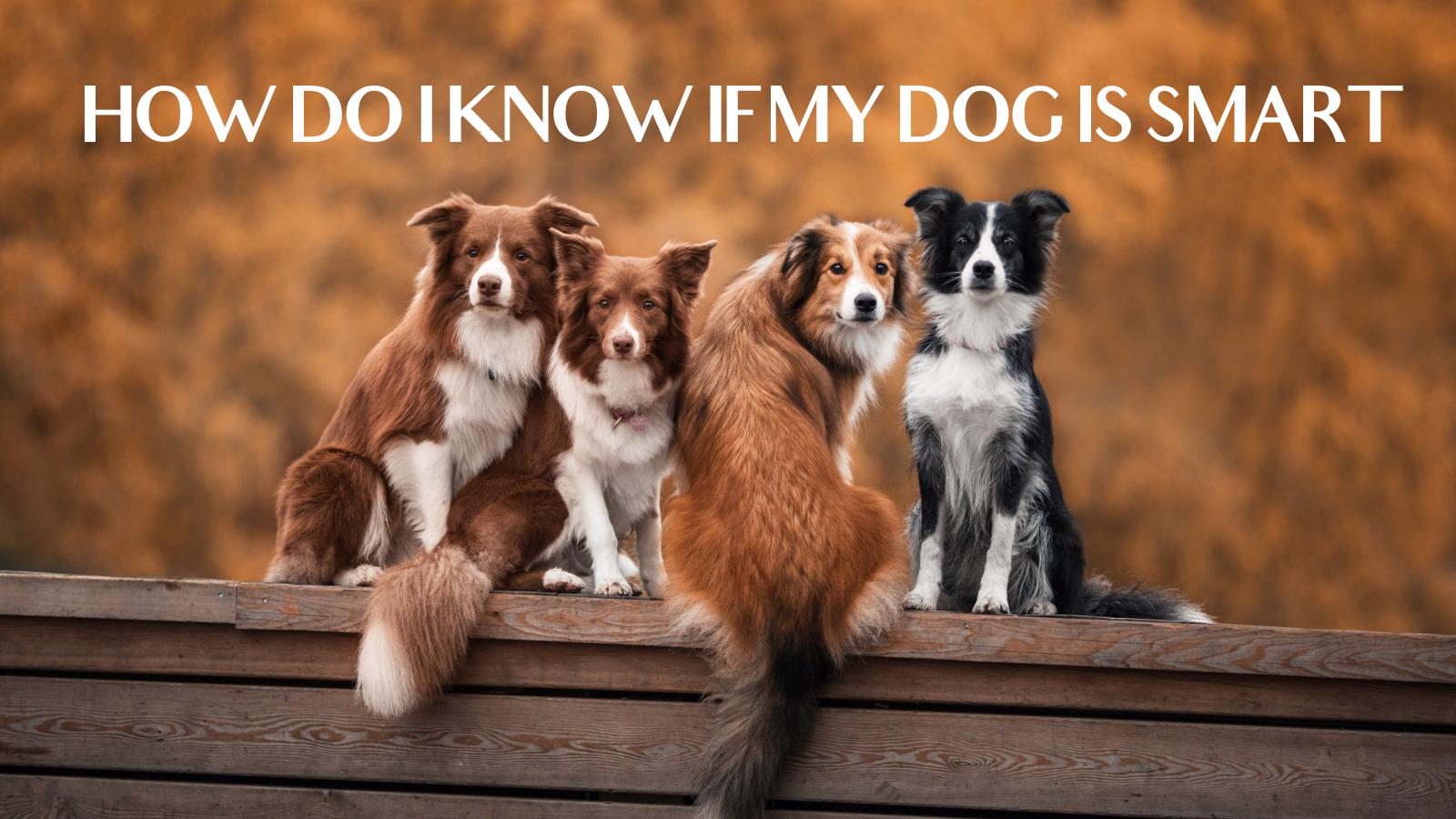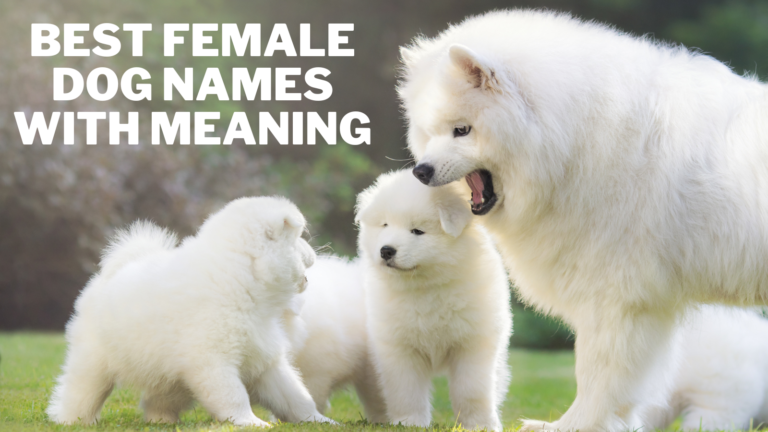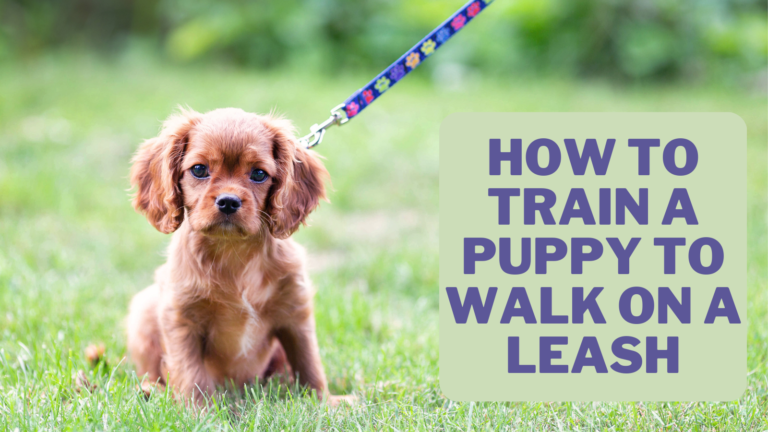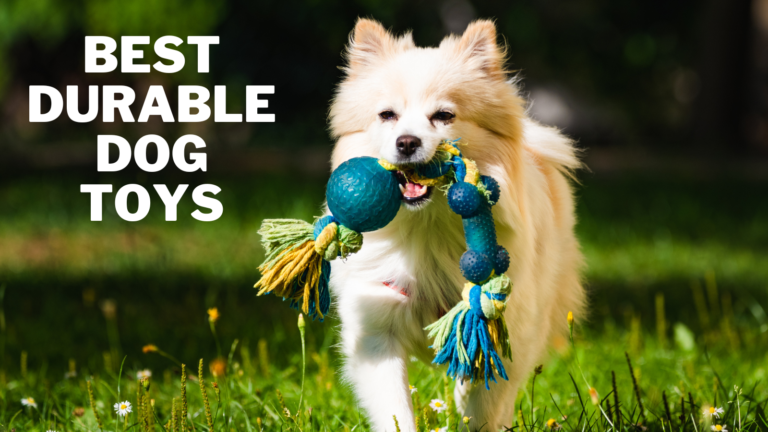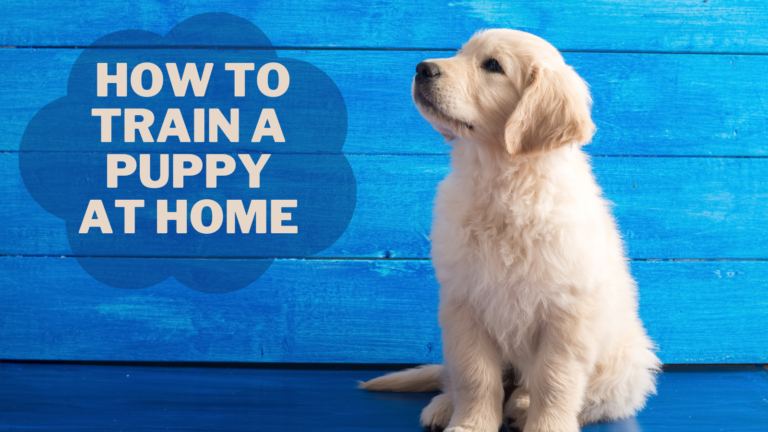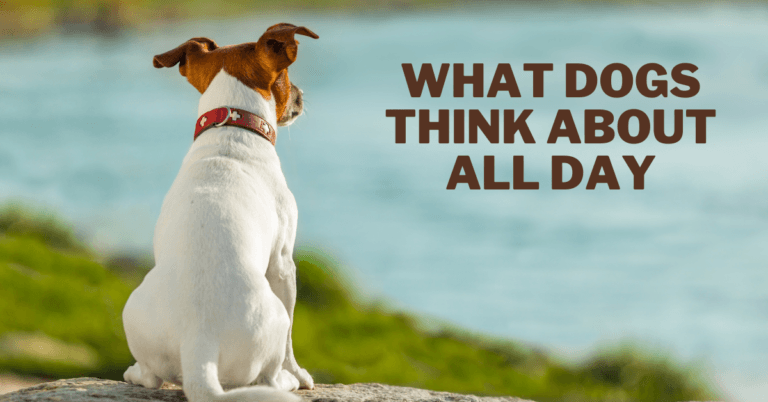How Do I Know If My Dog Is Smart
How Do I Know If My Dog Is Smart
If you've ever wondered about your furry companion's intelligence, you're not alone. Dogs are incredibly diverse in their abilities and behaviours, making it fascinating to explore their cognitive capabilities.
While it's essential to remember that intelligence can manifest in various ways, certain traits and behaviours may indicate your dog's smarts.
From problem-solving prowess to learning and adaptability, observing your dog's actions and responses can offer insights into their intelligence.
In this article, we'll delve into the fascinating world of canine intelligence and explore the signs that may indicate just how smart your dog truly is.
Understanding your dog's cognitive strengths can strengthen your bond and guide you in providing the right mental stimulation and training to nurture their exceptional abilities.
So, let's embark on this journey of discovery and unravel the mysteries of your dog's intelligence.

Understanding The Intelligence Of Your Dog
As pet owners, we've all marvelled at our furry companions' remarkable abilities and endearing quirks.
With their wagging tails and soulful eyes, dogs have an uncanny way of stealing our hearts and captivating us with their unwavering loyalty.
But beyond their charming demeanour lies a fascinating world of canine intelligence. Have you ever wondered just how smart your dog truly is?
From solving puzzles to learning new tricks, dogs exhibit a range of cognitive abilities that are both captivating and heartwarming. You can determine whether your dog is intelligent or not by using the following advice:
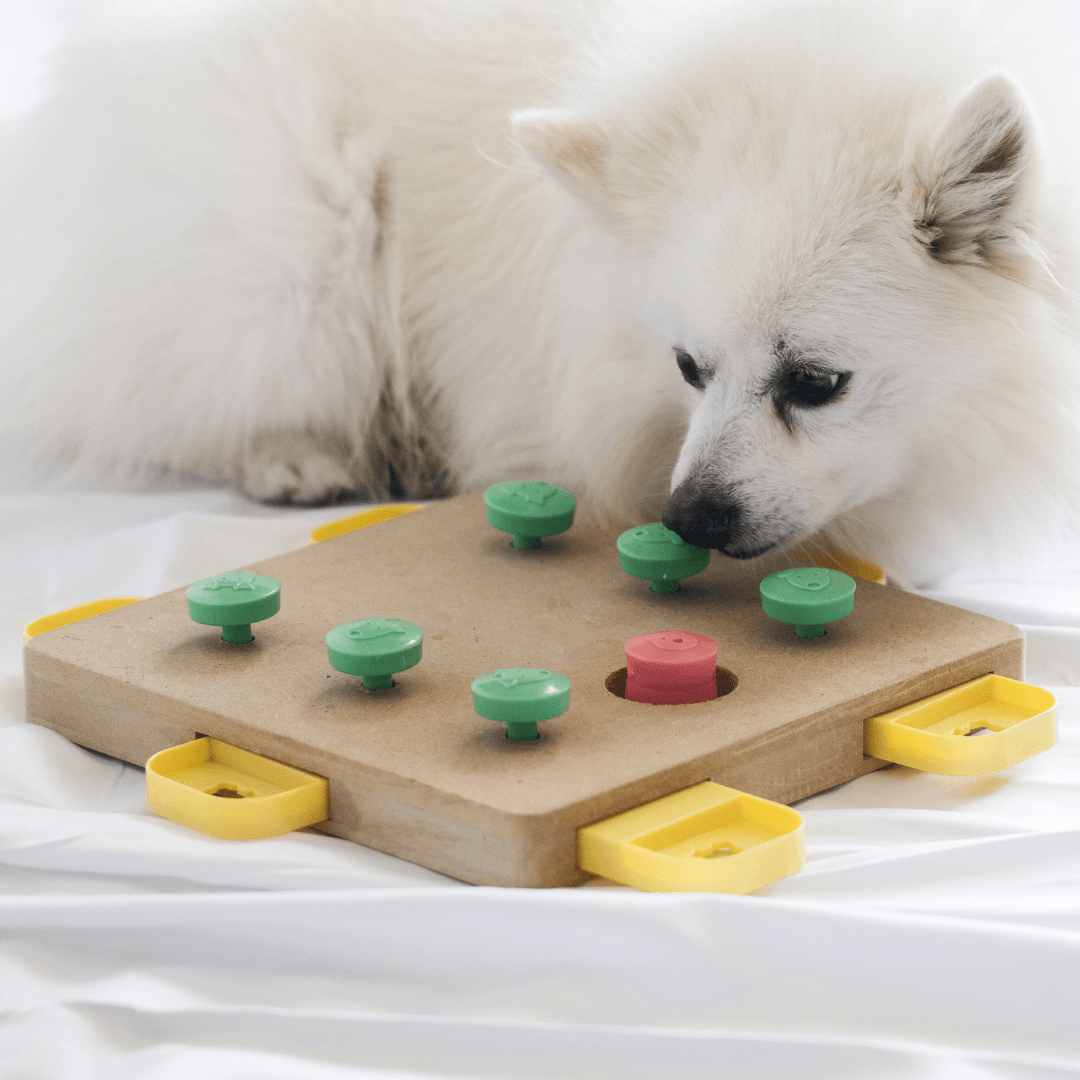
1. Problem-Solving Skills
Problem-solving skills in dogs can be a fascinating display of their intelligence and adaptability.
Each dog has a unique approach to finding solutions when faced with challenges or puzzles.
Some may be quick thinkers, assessing the situation and swiftly devising a plan to overcome the obstacle.
Others may take a more cautious and methodical approach, carefully observing and analyzing the problem before taking action.
Dogs may use trial and error to test different strategies, learning from their mistakes and refining their approach.
Their problem-solving abilities can be seen in various scenarios, such as accessing treats hidden in interactive toys, opening doors or gates to reach desired locations, or even finding clever ways to obtain attention or treats from their human companions.
Observing your dog's problem-solving skills can offer insights into their cognitive abilities and ability to adapt to different situations.
Encouraging and providing opportunities for mental challenges can further stimulate their problem-solving prowess and contribute to their overall mental enrichment and well-being.

2. Learning And Training
Dogs are natural learners, and their education and training capacity is remarkable.
From basic commands like “sit” and “stay” to more complex tricks and tasks, dogs can quickly grasp new concepts and retain the information through repetition and positive reinforcement.
Their adaptability allows them to adjust their behaviours and responses based on the cues and rewards provided during training sessions.
Through consistent training, dogs form strong associations between specific commands and the desired actions, showcasing their ability to comprehend and follow instructions.
Their joy when successfully performing a learned command or trick reflects their eagerness to please and connect with their human companions.
Moreover, their emotional intelligence enables them to understand and respond to their owners' tone and body language, deepening their understanding and cooperation during training.
Each dog has its unique learning style and pace, which makes the training journey a rewarding experience for both the dog and the owner.
Whether young or old, every dog possesses the potential to learn and thrive in a supportive and positive training environment, exemplifying their remarkable capacity for growth and adaptability.
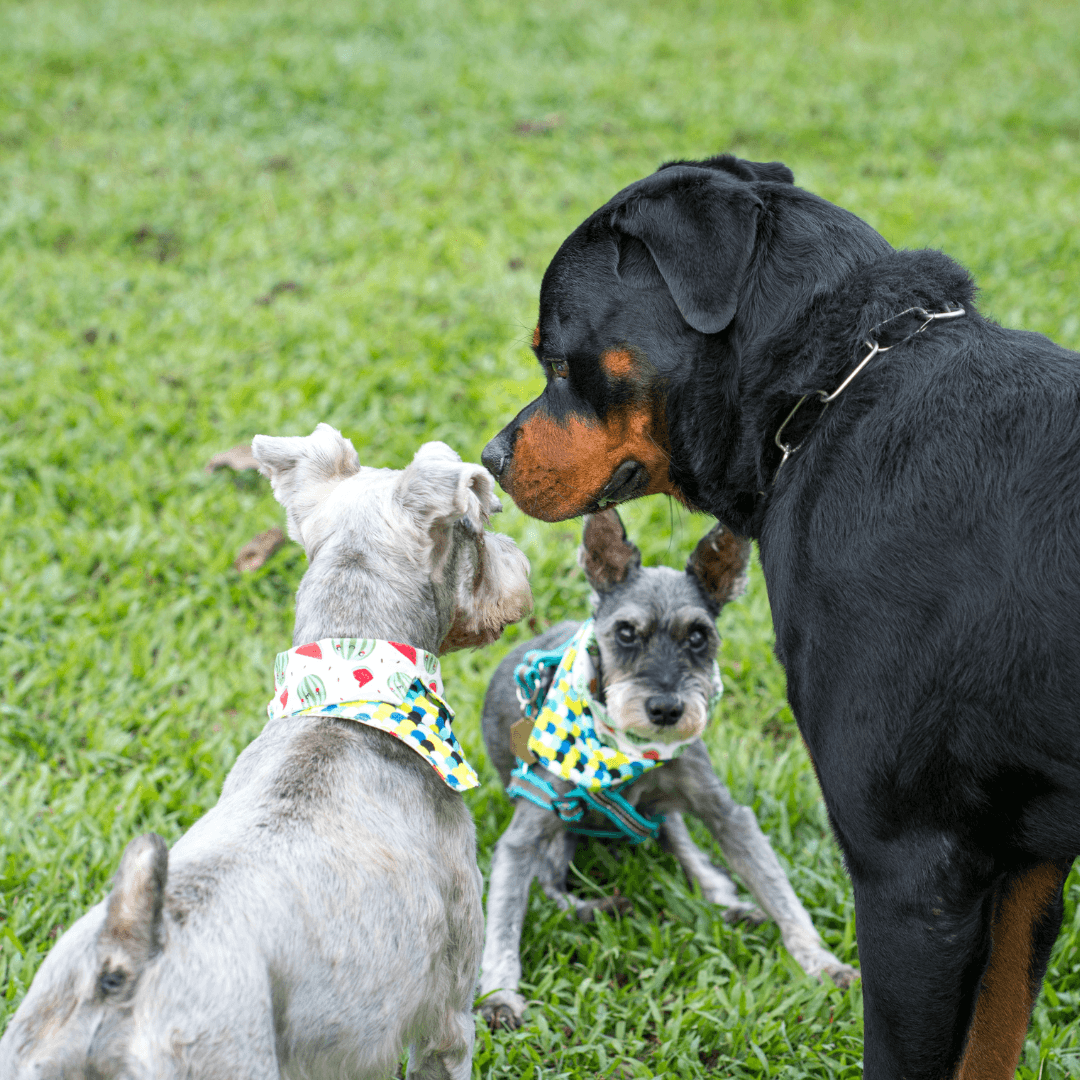
3. Social Intelligence
Social intelligence is a captivating aspect of a dog's cognitive abilities, influencing how they navigate and interpret the world of human and animal interactions.
Dogs are inherently social creatures, and their keen observance of body language, vocalizations, and facial expressions allows them to decipher the emotions and intentions of both humans and fellow animals.
They display a remarkable ability to understand and respond to social cues, adapting their behaviours based on the signals they receive.
When interacting with humans, dogs may wag their tails, offer paw shakes, or lean in for affectionate nudges, responding to their owners' gestures of love and attention.
In the presence of other dogs, they engage in a sophisticated dance of body postures and vocalizations, conveying messages of playfulness, submission, or caution.
Dogs can also recognize the emotions of their human companions, offering comfort and support when they sense distress or sadness.
Their social intelligence strengthens their bonds with humans and other animals and fosters a harmonious coexistence in various social settings.
As humans, understanding and acknowledging our dogs' social intelligence can enhance communication and create an even deeper connection, reinforcing the remarkable rapport that makes them cherished members of our families.
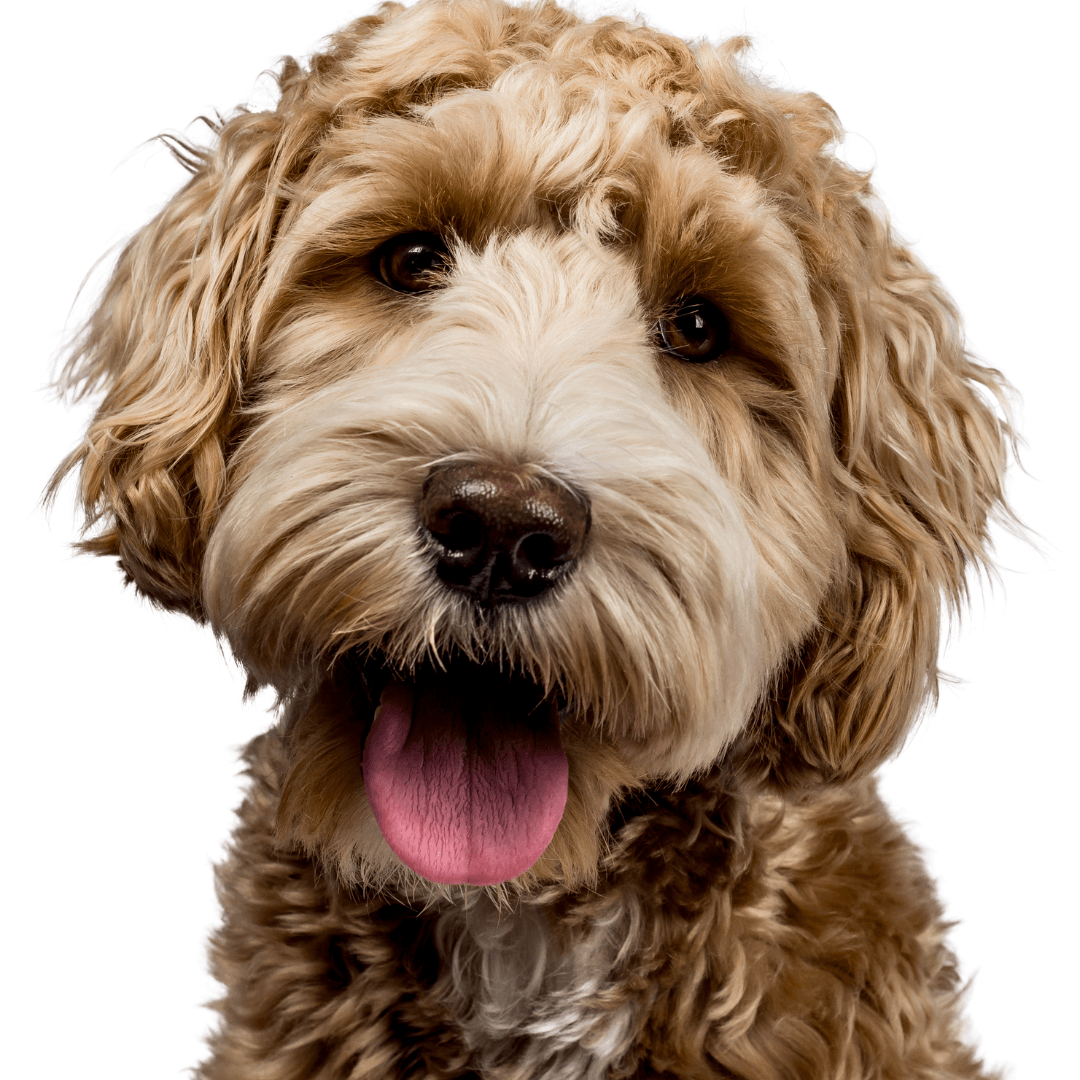
4. Memory And Recall
Dogs possess impressive memory and recall abilities that shape their interactions and understanding of the world.
Their capacity to remember familiar places, people, and past experiences is a testament to their cognitive prowess.
Dogs can form strong memories of their living environment, recognizing the layout of their home and favorite spots.
They exhibit excitement when approaching familiar parks or routes during walks, indicating their ability to recall pleasant experiences associated with those locations.
Furthermore, their capacity to remember their human family members is heartwarming, as they can distinguish between familiar faces and respond to each person with unique affection and recognition.
Dogs may also demonstrate memory in their response to previously learned commands and tricks, showcasing their ability to retain information over time.
Their memory and recall abilities contribute to their problem-solving skills, enabling them to connect past experiences and present situations.
As responsible pet owners, recognizing and nurturing our dogs' memory and recall abilities through continued positive experiences and training strengthens the bond between dog and owner and enriches their lives with familiarity, comfort, and a deeper understanding of the world around them.
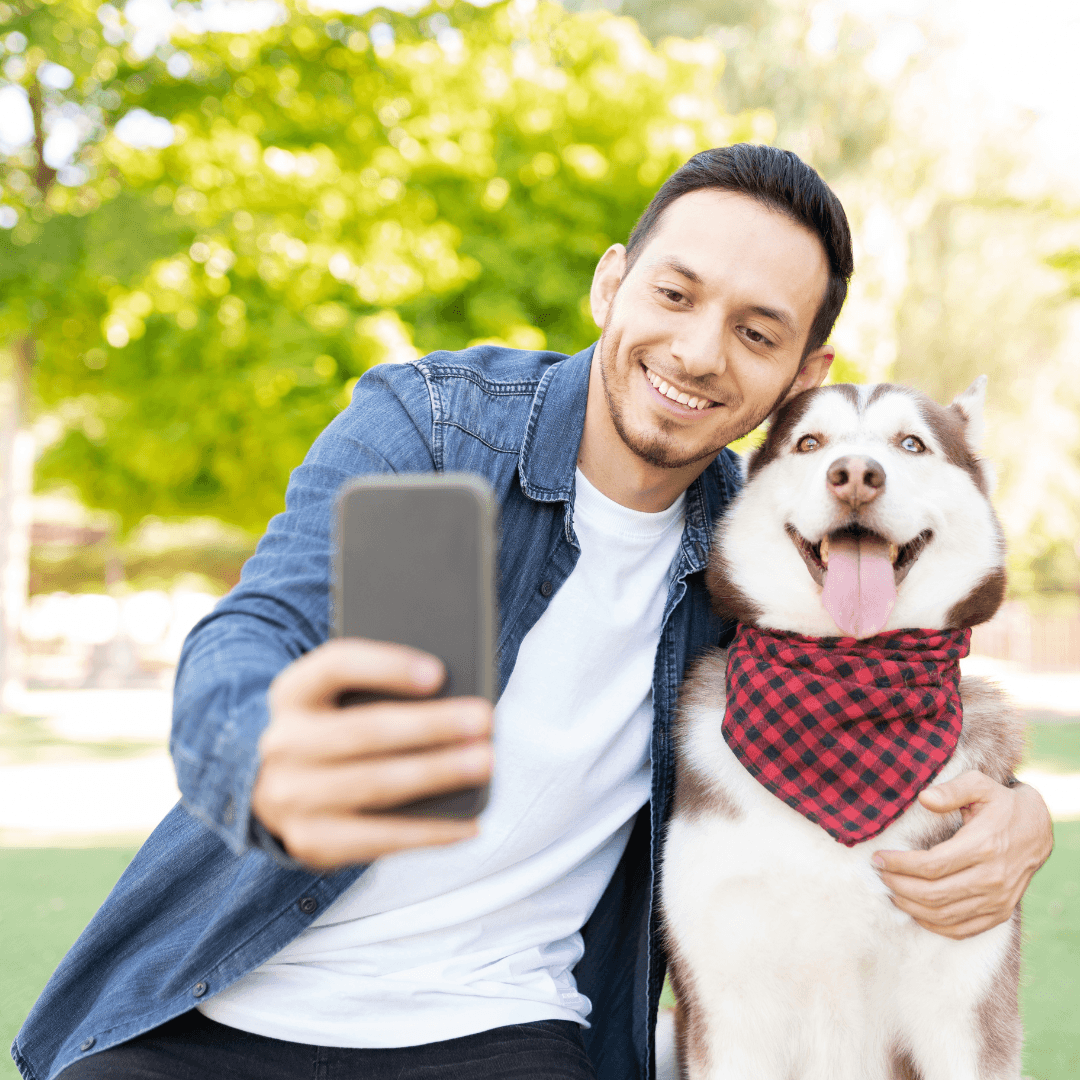
5. Communication Skills
Communication is at the heart of every human-dog relationship, and understanding our canine companion's communication skills is essential for fostering a strong bond.
Dogs excel in expressing their needs and emotions through a rich repertoire of body language, barks, and vocalizations.
Their wagging tails, perked ears, and bright eyes communicate joy and excitement, while a tucked tail or flattened ears may indicate fear or anxiety.
Barks can vary in tone and intensity, signalling various emotions or intentions, such as excitement, alertness, or even a request for attention.
Dogs convey their desire for affection and closeness through gentle nudges or pawing. They may also employ various vocalizations, from playful barks during a game of fetch to mournful howls when feeling lonely.
Social intelligence plays a vital role here, as dogs also observe and respond to our body language and vocal cues, adapting their behaviours accordingly.
By paying close attention to our dogs' communication, we strengthen the understanding between species, enabling us to meet their needs, address their emotions, and provide the care and affection they seek.
This mutual exchange of communication fosters a harmonious relationship where humans and dogs thrive in a world of shared understanding and companionship.
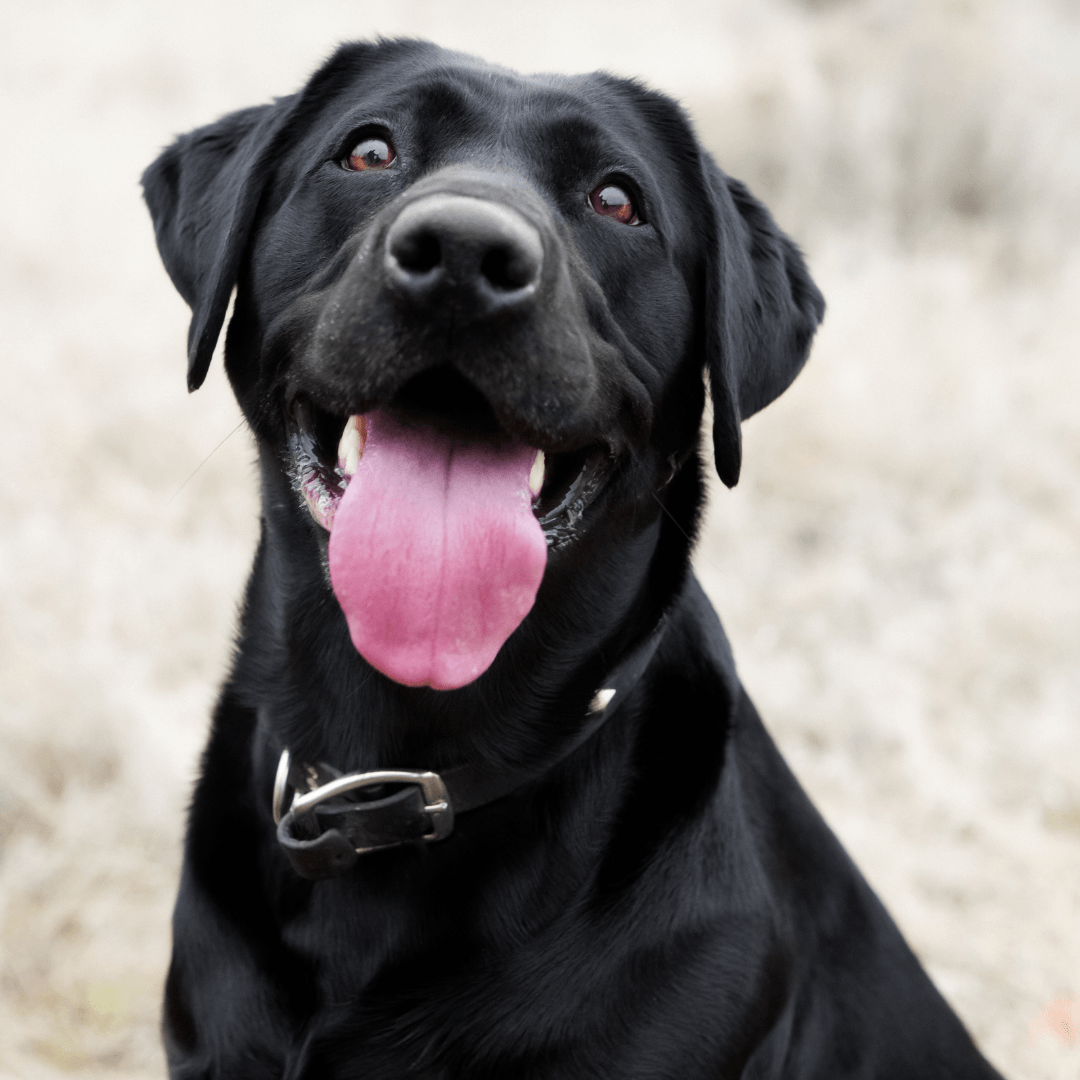
6. Adaptability
A dog's adaptability is a testament to its remarkable resilience and ability to navigate various environments and situations.
Dogs are highly attuned to their surroundings, and their natural curiosity enables them to explore new places enthusiastically and confidently.
Dogs can often adjust and adapt when moving to a new home, visiting unfamiliar places, or encountering new people and animals.
Some dogs may readily embrace change, eagerly exploring their new environment and interacting with new faces, while others may take a more cautious approach, needing a little time to acclimate.
Nonetheless, their flexibility shines through as they gradually build familiarity and comfort in novel settings.
A dog's adaptability also extends to changes within their daily routines or family dynamics, such as the arrival of a new family member or the presence of other pets.
With time and patience, many dogs integrate these changes into their lives, forging new bonds and thriving in loving companionship.
Their adaptability reflects their innate resilience and speaks to the strong emotional connections they form with their human family, creating an unbreakable bond of trust and friendship that endures through life's changes and challenges.

7. Problem-Solving In Daily Life
Problem-solving is an awe-inspiring display of a dog's intelligence and ingenuity. Dogs exhibit impressive problem-solving skills in various scenarios, showcasing their ability to think critically and find creative solutions.
When presented with a puzzle toy or a treat hidden in a challenging location, dogs will eagerly engage their senses to uncover the prize.
They may use their paws, nose, or teeth to manipulate objects and access hard-to-reach treats. Some dogs may employ trial and error, trying different approaches until they achieve their goal.
For instance, if a toy gets stuck under furniture, they may strategize and find a way to maneuver it by pushing or pawing at the object.
In outdoor settings, they may use problem-solving skills to navigate obstacle courses or find alternative routes to retrieve a favorite ball or stick.
Observing our dogs' problem-solving abilities brings delight and reaffirms their resourcefulness and adaptability in handling daily challenges.
Providing them with puzzle toys and mental stimulation enriches their lives, honing their problem-solving skills and fostering a sense of accomplishment as they triumph over each puzzle they encounter in their daily adventures.
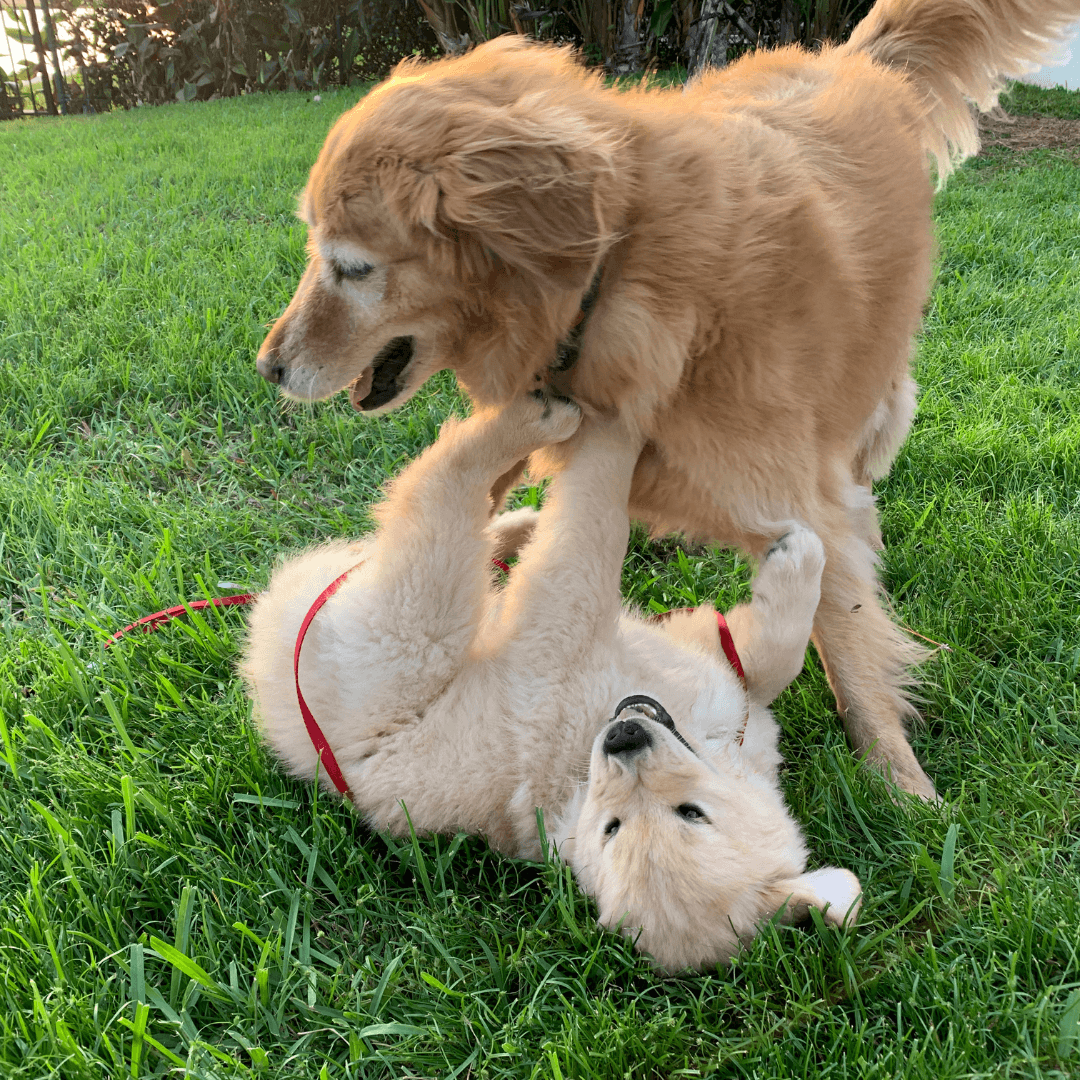
8. Playfulness And Creativity
Playfulness and creativity are delightful aspects of a dog's personality that reveal their mental agility and inventiveness.
During interactive play, dogs showcase their boundless energy and enthusiasm, engaging in various games and activities that highlight their playful spirit.
Whether it's a game of fetch, tug-of-war, or hide-and-seek, dogs exhibit creative ways to participate in the fun.
They may surprise us with unexpected tactics, like trying to outsmart us during fetch by approaching from a different angle or using strategic moves during a game of tug-of-war.
Their inventive playstyle keeps us entertained and reinforces their cognitive abilities.
Dogs also show their creativity when playing with toys, inventing new ways to interact with them, and using their problem-solving skills to extract treats from puzzle toys.
Moreover, their playfulness fosters a strong bond between dog and owner, as they invite us to join in the fun, encouraging interactive play that nurtures the human-canine connection.
Embracing their playfulness and encouraging interactive play enriches their lives and contributes to their mental and physical well-being, allowing them to thrive in an environment filled with joy, laughter, and endless possibilities of creative play.
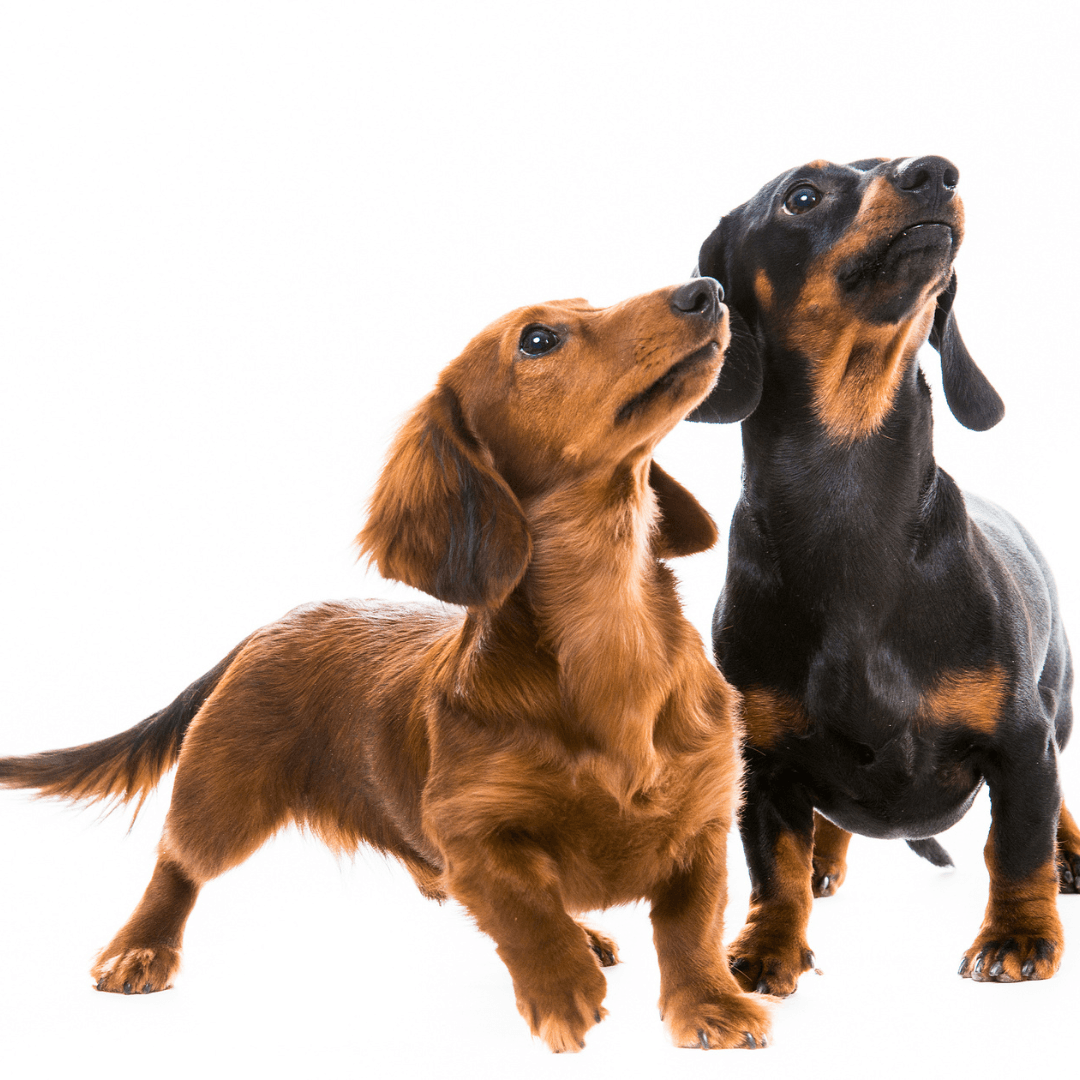
9. Breed Traits
Breed traits play a significant role in shaping a dog's intelligence and abilities, as different breeds have been selectively bred for specific purposes and characteristics over generations.
For example, herding breeds like Border Collies and Australian Shepherds are known for their exceptional intelligence, problem-solving skills, and ability to work closely with humans.
On the other hand, breeds like the Labrador Retriever and Golden Retriever are renowned for their gentle temperament, trainability, and aptitude in tasks such as retrieving and assisting people with disabilities.
Breeds like the Poodle and German Shepherd often excel in obedience and working roles due to their high trainability and eagerness to please.
However, it's essential to remember that individual variations within a breed exist, and intelligence cannot be solely determined by breed alone.
Genetics, early socialization, training, and the individual dog's unique personality also influence their intelligence and abilities.
While breed traits can provide valuable insights into a dog's potential strengths and talents, it's equally important to appreciate and celebrate every dog's distinct intelligence and character, regardless of their breed background.
Embracing their individuality and providing them with love, care, and mental stimulation nurtures their intelligence and allows them to shine as exceptional companions in their own right.
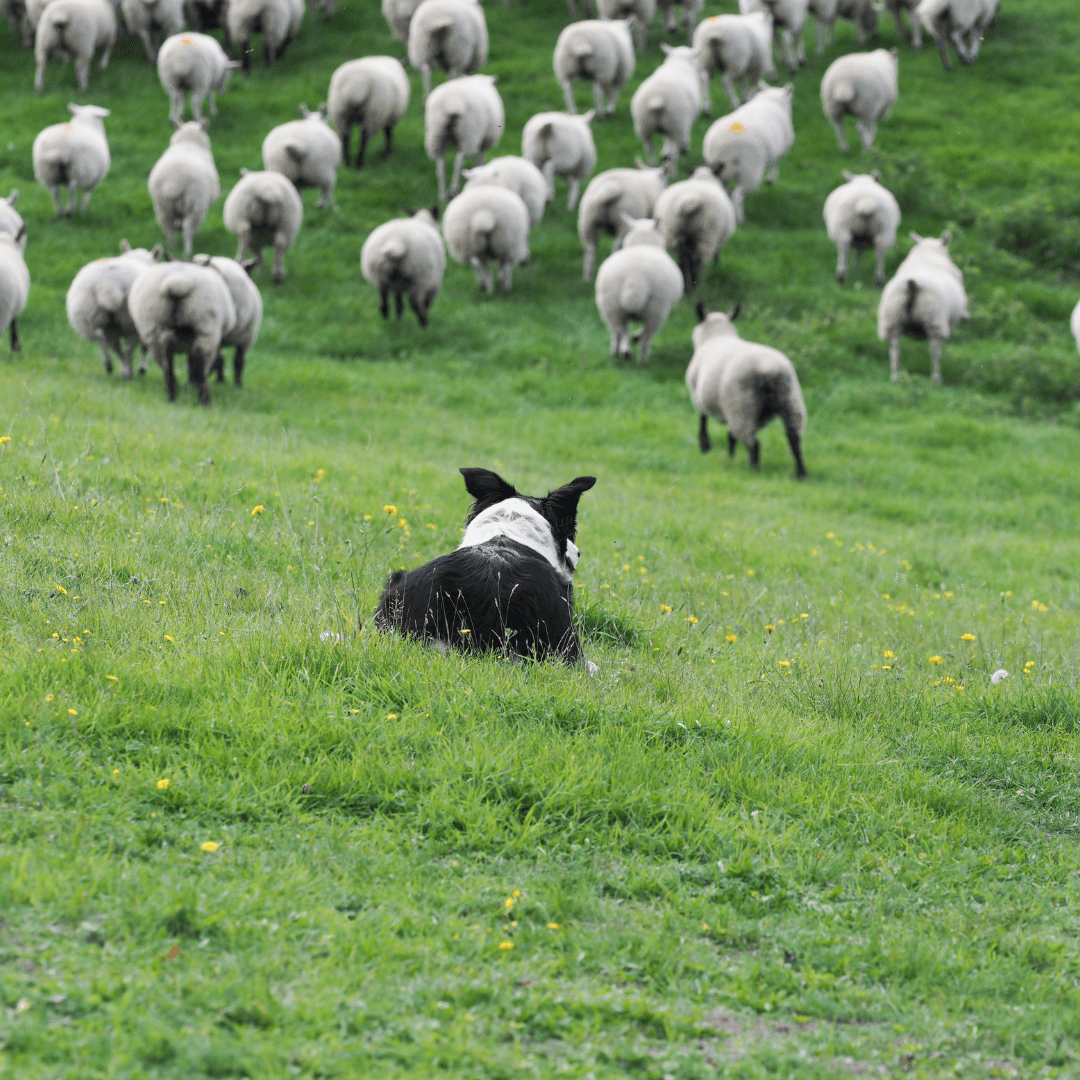
10. Working Dogs And Special Skills
Working dogs and dogs with specialized skills are a testament to the incredible range of abilities that our canine companions can possess.
Some breeds have been bred for specific tasks and excel in herding, retrieving, or service work.
Herding breeds like Border Collies and Australian Shepherds have an innate talent for gathering and guiding livestock, showcasing their exceptional intelligence, focus, and herding instincts.
Retrievers, such as Labrador Retrievers and Golden Retrievers, are renowned for their proficiency in retrieving objects on land and water, making them outstanding companions for hunting and retrieving games.
Additionally, many dogs are trained for service work, providing invaluable assistance to individuals with disabilities, such as guide dogs for the visually impaired or service dogs for those with mobility impairments.
Their intelligence, trainability, and sensitivity to human needs make them indispensable partners in enhancing the quality of life for their human companions.
Working dogs and dogs with specialized skills exemplify the incredible bond between humans and dogs, as they use their unique talents to assist and serve, showcasing the exceptional and versatile capabilities that make them cherished members of our families and communities.
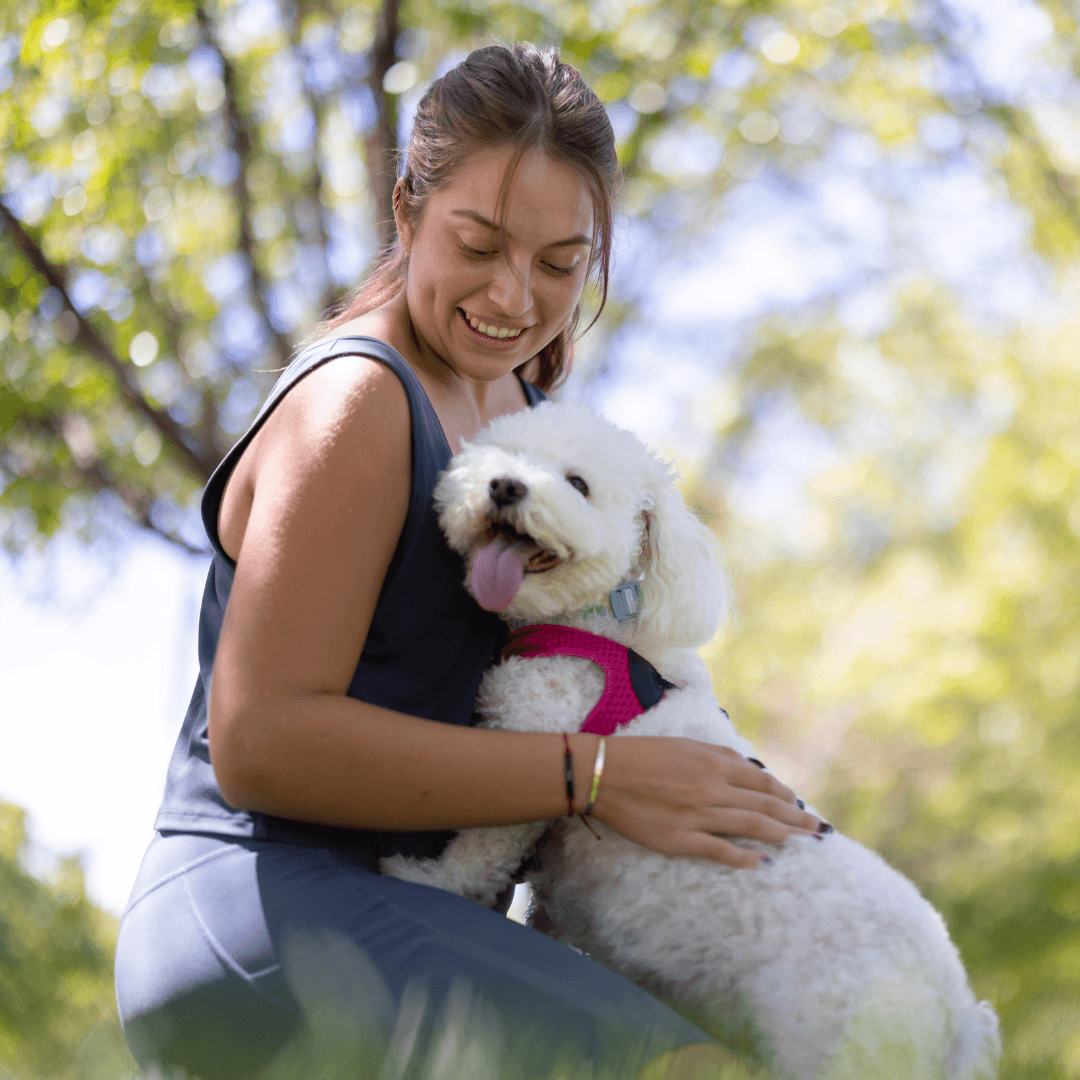
11. Understanding Humans
Understanding humans is critical to a dog's intelligence and highlights their adaptability as domesticated animals.
Over thousands of years of cohabitation with humans, dogs have developed a profound ability to read human emotions, intentions, and cues.
This understanding allows them to forge strong emotional bonds with their human companions, making them beloved pets and valued members of our families.
Dogs can interpret subtle changes in our body language, tone of voice, and facial expressions, enabling them to respond empathetically to our moods and needs.
They can sense when we are happy, sad, or need comfort, often offering unconditional love and support.
This deep connection with humans has also facilitated their roles as service, therapy, and working dogs in various capacities.
Their comprehension of human communication has made them invaluable in assisting people with disabilities and in tasks ranging from search and rescue to law enforcement.
Understanding humans is undoubtedly a key indicator of a dog's intelligence, as it demonstrates their adaptability, social intelligence, and emotional insight, making them exceptional companions and indispensable allies in our lives.
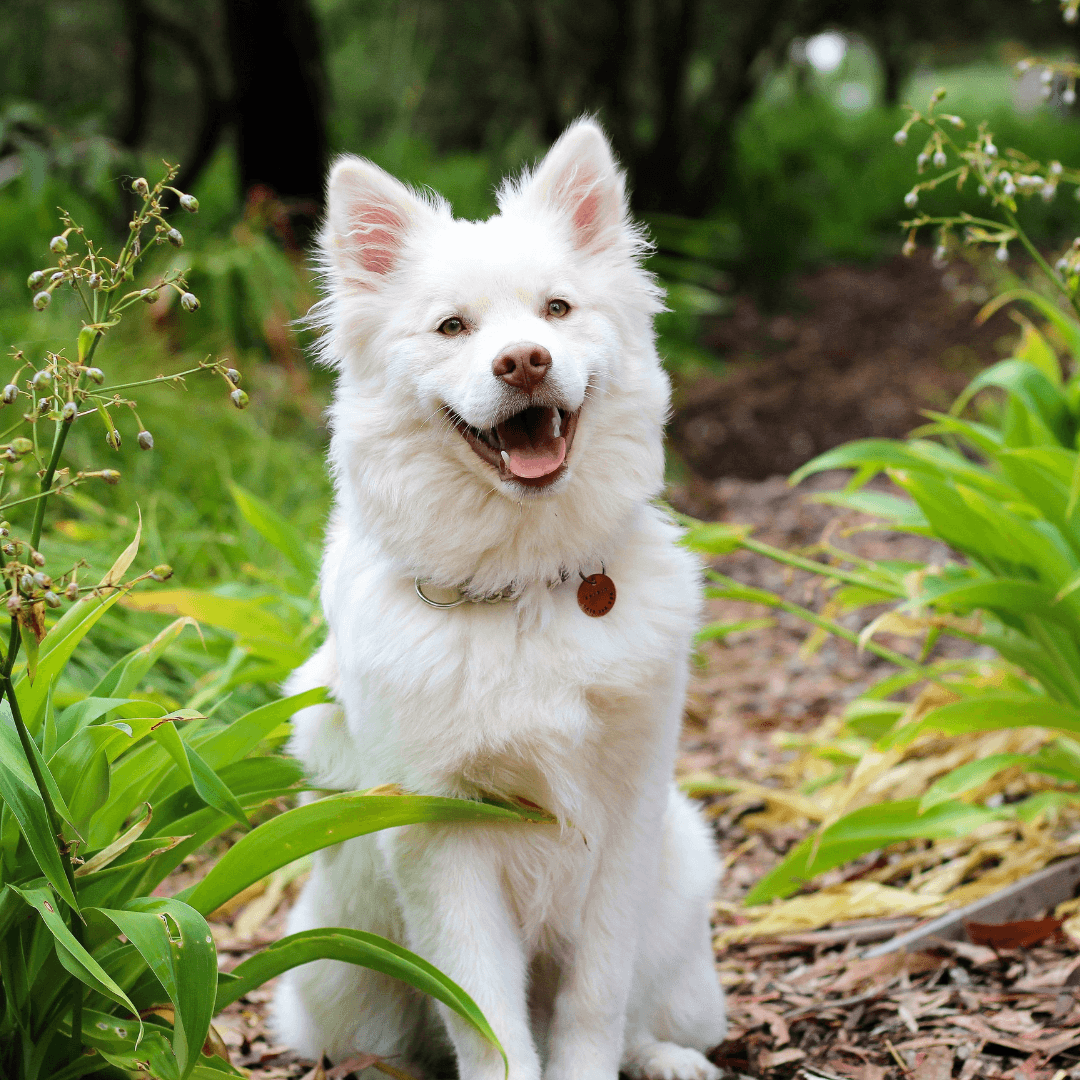
12. Awareness
Awareness and object permanence are fascinating aspects of a dog's cognitive development, highlighting their intelligence and adaptability.
While all animals possess a level of environmental awareness, some, like dogs, demonstrate higher cognitive abilities, including recognizing individual objects and understanding object permanence.
Object permanence is a concept wherein an animal comprehends that an object continues to exist even when it is no longer visible.
Human babies are not born with this ability, so games like Peekaboo effectively teach them about object permanence.
They tend to develop this understanding around 2 years of age. Dogs follow a similar developmental trajectory and typically grasp the concept of object permanence by around 8 weeks of age.
Studies and tests, such as hiding food under a cup and observing a dog's response, have confirmed their comprehension of object permanence.
Dogs' ability to understand that the food is still under the cup, even when it is out of sight, highlights their cognitive sophistication.
This awareness enhances their problem-solving skills and contributes to their ability to navigate their environment and form strong bonds with humans, making them exceptional companions and demonstrating their remarkable cognitive abilities.

Conclusion
Determining if your dog is smart involves observing and appreciating their unique abilities and behaviours.
Intelligence in dogs is multi-dimensional, and it can manifest in various ways, such as problem-solving skills, adaptability, learning speed, social intelligence, memory, and creativity.
While certain breeds may have specific traits that contribute to their intelligence, it's essential to recognize that individual variations exist, and intelligence cannot be solely determined by breed alone.
Every dog is special and possesses talents and strengths that make them smart in their own right.
The joy of having a smart and devoted companion lies not just in their cognitive abilities but in the depth of the connection and the shared moments of love and happiness that enrich both of your lives.
Cherish your time together and continue to explore the wonders of your dog's intelligence as you grow and learn together on this journey of companionship and love.
I trust you enjoyed this article on How Do I Know If My Dog Is Smart? Please stay tuned for more blog posts to come shortly. Take care!
JeannetteZ
>>>Please click here to read my article on A Full Overview Of Dogs And Their Activity<<<
My #1 Dog Training Recommendation
Your Opinion Is Important To Me
Thoughts? Ideas? Questions? I would love to hear from you. Please leave me your questions, experience, and remarks about this article on How Do I Know If My Dog Is Smart in the comments section below. You can also reach me by email at Jeannette@Close-To-Nature.org.
Disclosure
This post may contain affiliate links. I earn from qualifying purchases as an Amazon Associate and other affiliate programs. Please read my full affiliate disclosure.
You might also enjoy these blog posts:
Barking Dog Solutions – Ultimate Training
Aggressive Dog Solutions – Ultimate Training
How To Train Your Puppy To Use Outside

